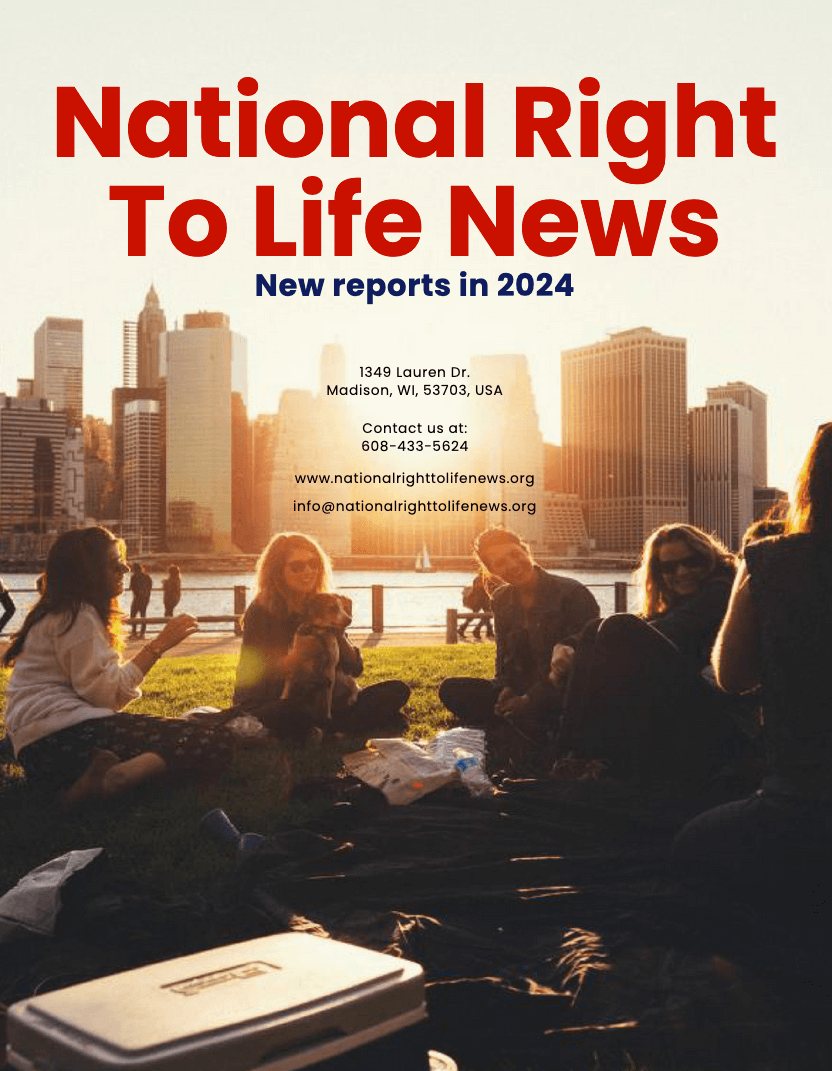Scientists believe that there is an evolutionary mechanism whereby the fetus assists in protecting the mother’s heart during and after pregnancy.
This prevalent meme posits that an unborn fetus can transfer its own stem cells to the mother to repair damaged organs. While memes are not always known for their scientific accuracy, it is important to ascertain the veracity of this claim.
Snopes.com, an online resource dedicated to the debunking of urban legends, internet rumors, and other unverified information, sought to examine the assertion made by this meme: that during pregnancy, if the mother suffers organ damage, the baby in her womb sends stem cells to repair the damaged organ.
Notwithstanding some disparaging remarks about the use of the term “baby” and the question of whether the infant is aware of its role in assisting its mother, the author ultimately concludes that the scientific evidence supporting the claim is substantial.
A baby’s cells can stay in the mother for 27 years
The transfer and incorporation of fetal stem cells into a mother’s organs is referred to as fetomaternal microchimerism. This phenomenon has been generally recognized by scientists for decades.
A 1996 study published in the Proceedings of the National Academy of Sciences revealed that genetically distinct cells from a male fetus persisted in the mother’s body for up to 27 years after birth.
But healing her organs?
In a 2015 study published in the journal Circulation Research, researchers investigated the potential of fetal stem cells to heal maternal organs. They conducted experiments on mice, tagging them with a fluorescent protein to track the movement of the fetus’s stem cells from the mother’s placenta into its heart. During the study, the researchers induced cardiac injury in the mother to observe the response of the fetal stem cells.
The research team discovered that fetal stem cells were able to specifically target damaged cardiac cells and successfully integrate into the mother’s heart.
It appeared that fetal cells were able to detect precise signals that enabled them to target the specific injured area. The authors suggested that they had potentially uncovered an evolutionary mechanism whereby the fetus assists in protecting the mother’s heart during and after pregnancy. There is a substantial body of research that suggests similar phenomena could occur in humans.
We are pleased to present an amazing pro-life fact that you can share with confidence.
Daniel Miller is responsible for nearly all of National Right to Life News' political writing.
With the election of Donald Trump to the U.S. presidency, Daniel Miller developed a deep obsession with U.S. politics that has never let go of the political scientist. Whether it's the election of Joe Biden, the midterm elections in Congress, the abortion rights debate in the Supreme Court or the mudslinging in the primaries - Daniel Miller is happy to stay up late for you.
Daniel was born and raised in New York. After living in China, working for a news agency and another stint at a major news network, he now lives in Arizona with his two daughters.

